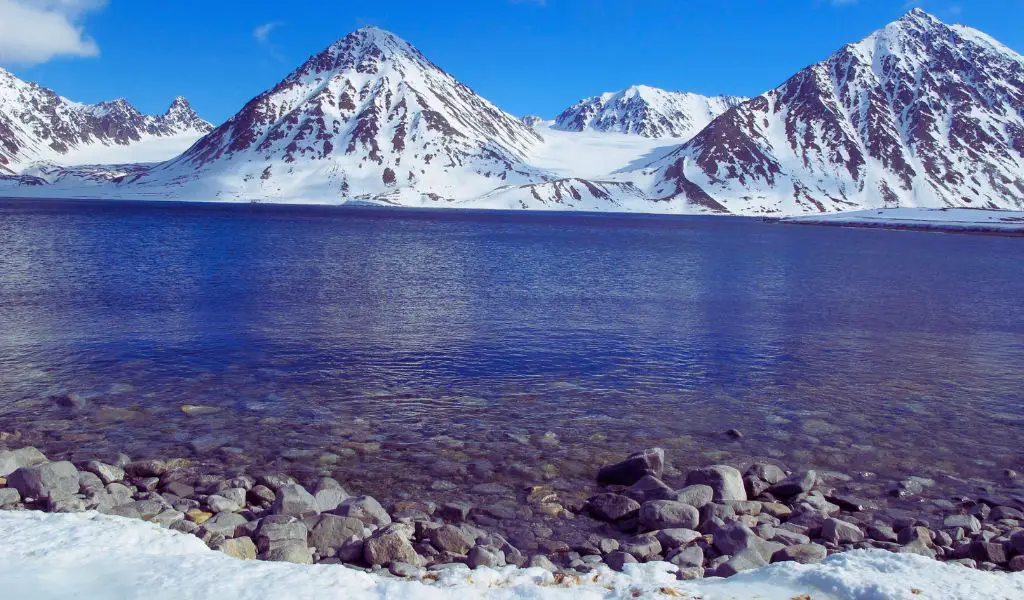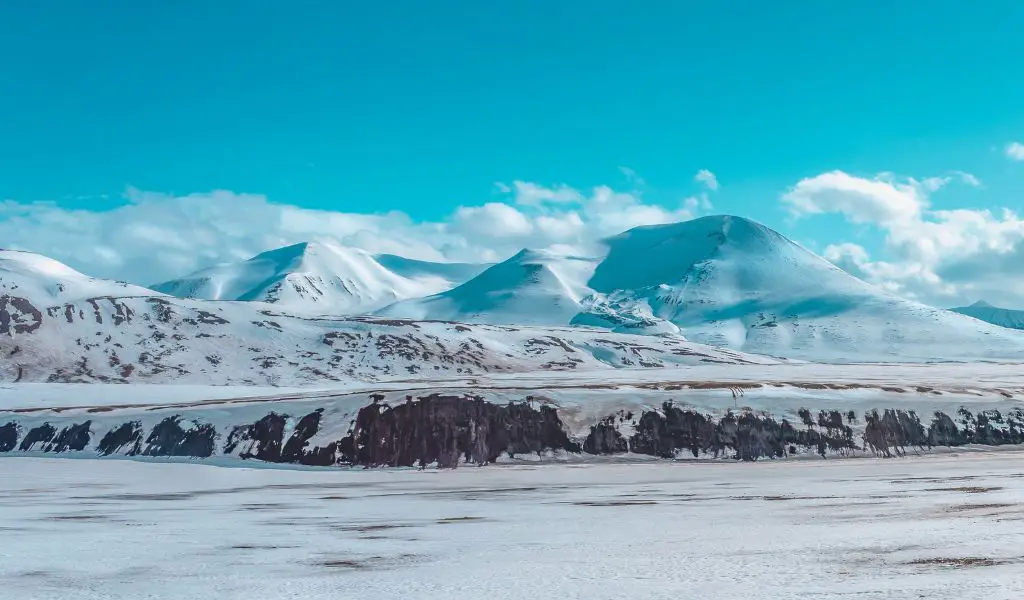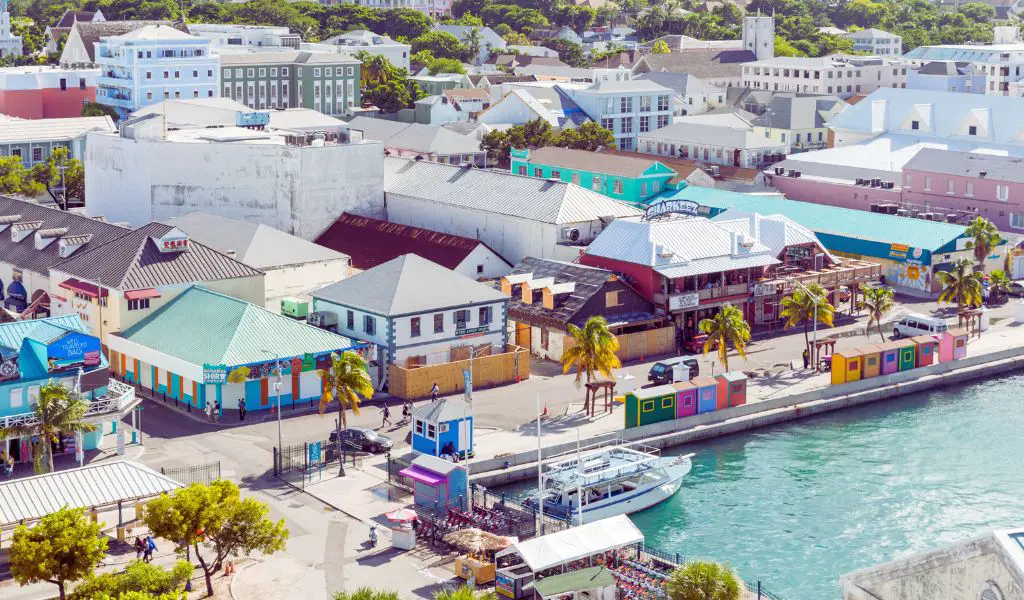Located far north in the Arctic Ocean, Svalbard is a Norwegian archipelago, a place that’s brimming with spectacular natural beauty and intriguing history. The archipelago is spread over an area of 61,022 square kilometers, making it almost twice the size of Belgium. However, it’s not just the size of Svalbard that is impressive, it’s the unique combination of ice, snow, mountains, and the mesmerizing Northern Lights that make it a true arctic wonderland.
Geography
The archipelago consists of several islands, including Spitsbergen, Nordaustlandet, Edgeøya, and Barentsøya, each having its distinct attributes.
Spitsbergen, the largest island, is home to Longyearbyen, the administrative center, and houses several attractions like Svalbard Museum and Svalbard Church.
Svalbard’s geographic features are quite distinct; it’s largely covered by glaciers and perennial snow.
The highest peak is Mount Newton at 1,717 meters. Despite the cold climate, it hosts a diverse array of flora and fauna.
It is home to Arctic foxes, reindeer, and is particularly known for its large population of polar bears.
The archipelago is also a birdwatcher’s paradise with several migratory birds including puffins, kittiwakes, and Arctic terns visiting each year.
History
The history of Svalbard is as captivating as its natural beauty.
Though there’s evidence of whaling activities dating back to the 17th century, it wasn’t until 1920 that it came under Norwegian sovereignty under the Svalbard Treaty.
The archipelago has also been a hub of coal mining, with the first mine established in the early 20th century.

Activities
Popular activities in Svalbard cater to the adventurous at heart. It offers everything from dog sledding and snowmobile safaris in the winter to hiking and boat tours in the summer.
Those who dare can even embark on a polar bear watching expedition.
Despite the harsh climate, Svalbard is full of life and activities that make it a unique travel destination.
Population
Svalbard’s population is small, with about 2,667 inhabitants as of the latest census. Longyearbyen is the most populated settlement, with around 2,144 residents.
When to Go
The best time to visit Svalbard depends on what you want to experience.
For the Northern Lights, visit between November and February. If you’re interested in the Midnight Sun, plan your visit between April and August.
How to Get There
You can reach Svalbard by air, with regular flights operating from Oslo and Tromsø to Longyearbyen.
While there are no roads connecting different settlements, you can use snowmobiles, boats, or dog sleds for intra-island travel.
Highlights
Some of the key highlights of Svalbard include the Northern Lights, polar bear expeditions, dog sledding, the Global Seed Vault, and visiting the historic coal mines.

What You Should Know
It’s important to know that polar bears can pose a real danger in Svalbard.
Always maintain a safe distance and never approach them. Also, as Svalbard is a tax-free zone, alcohol is limited to certain quantities per month for residents.
Tourists can buy alcohol, but it’s expensive.
FAQs
Do I need a visa to visit Svalbard?
No, Svalbard has an open immigration policy. However, you may need a Schengen visa to transit through mainland Norway.
Can I see polar bears in Svalbard?
Yes, Svalbard has more polar bears than people. However, you should only observe them from a safe distance or with a guided tour.
Is it dark all day during the winter in Svalbard?
Yes, Svalbard experiences Polar Night from late October to mid-February when the sun doesn’t rise above the horizon. But, it’s also the best time to witness the Northern Lights.




